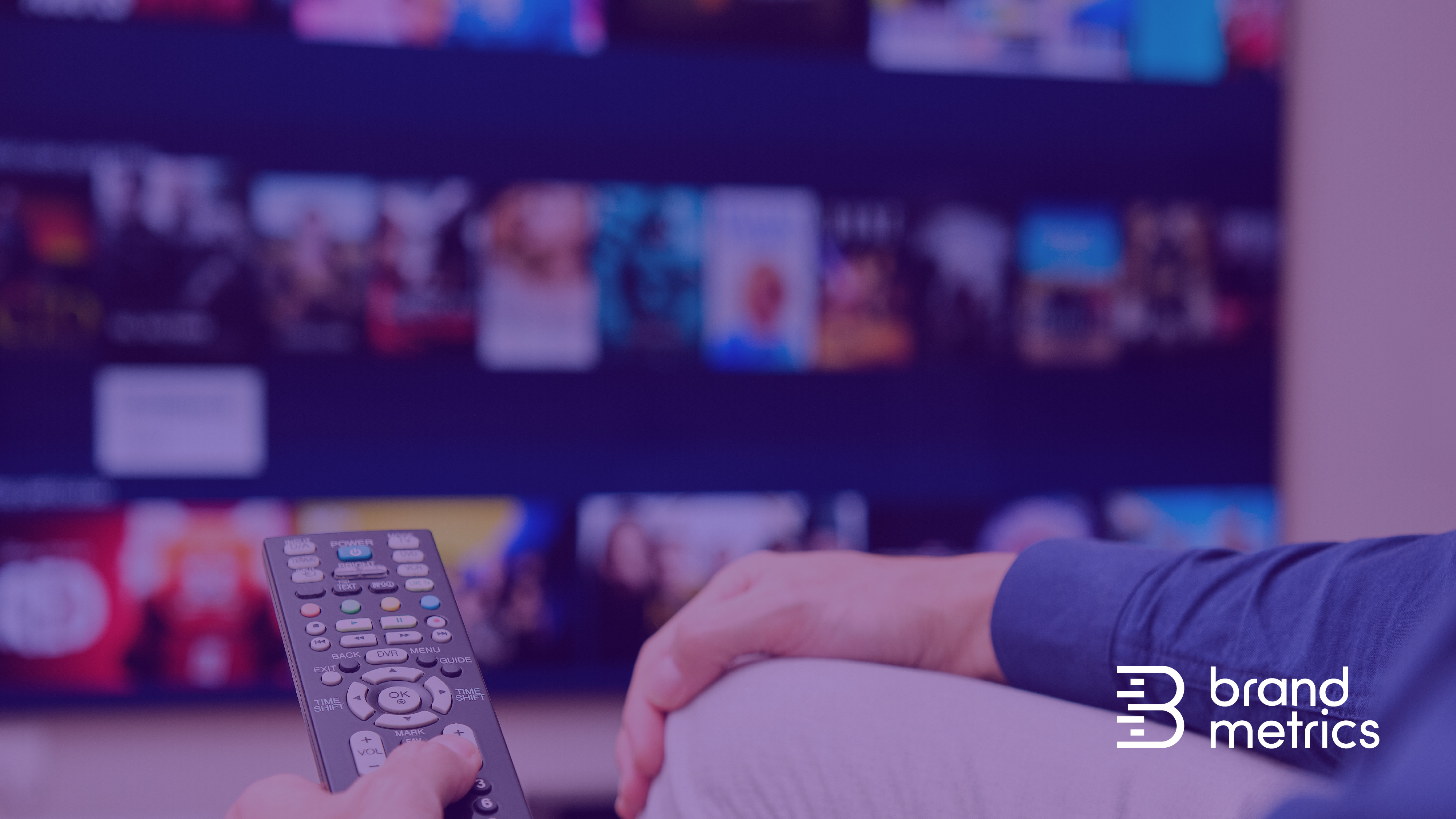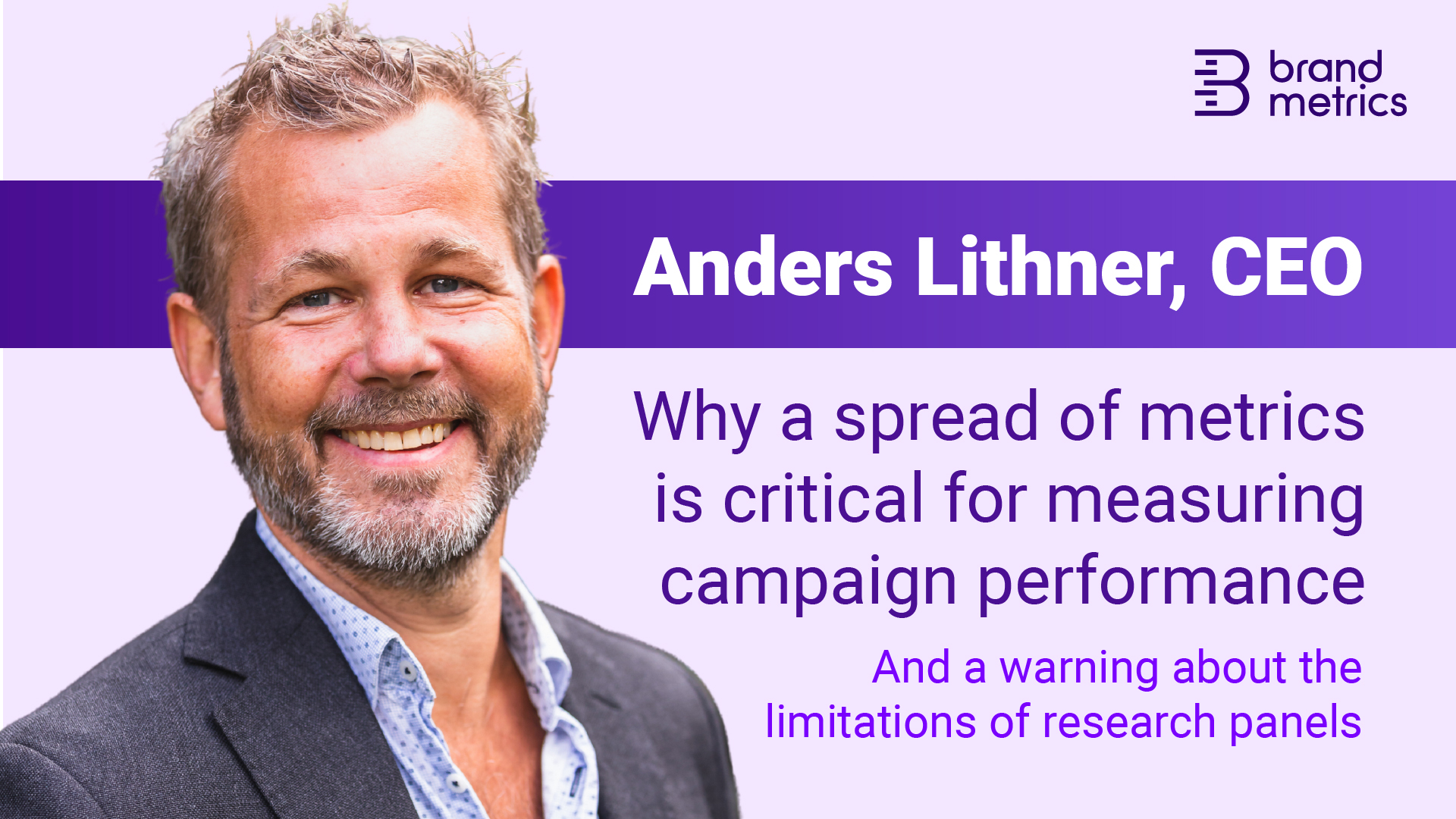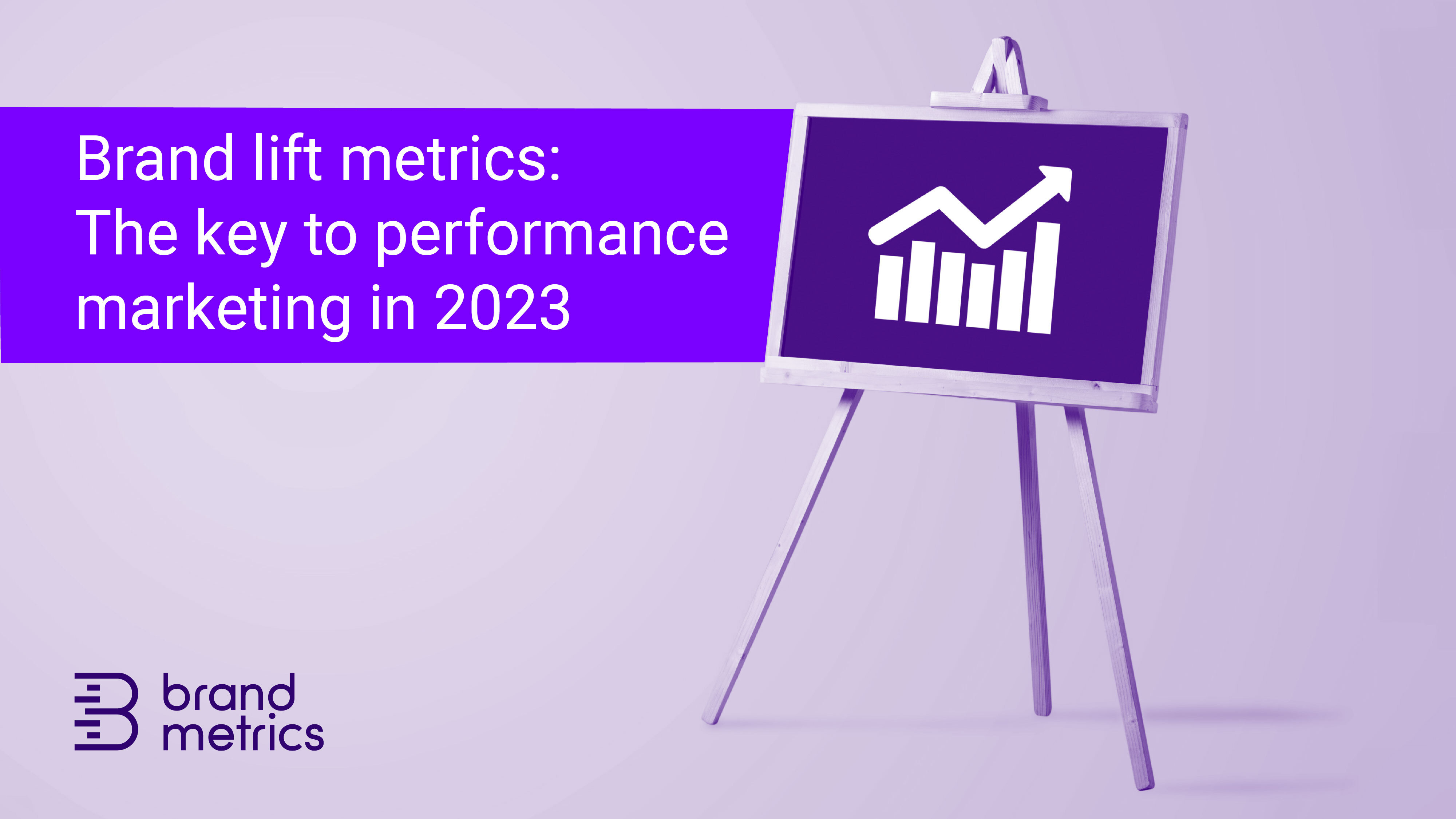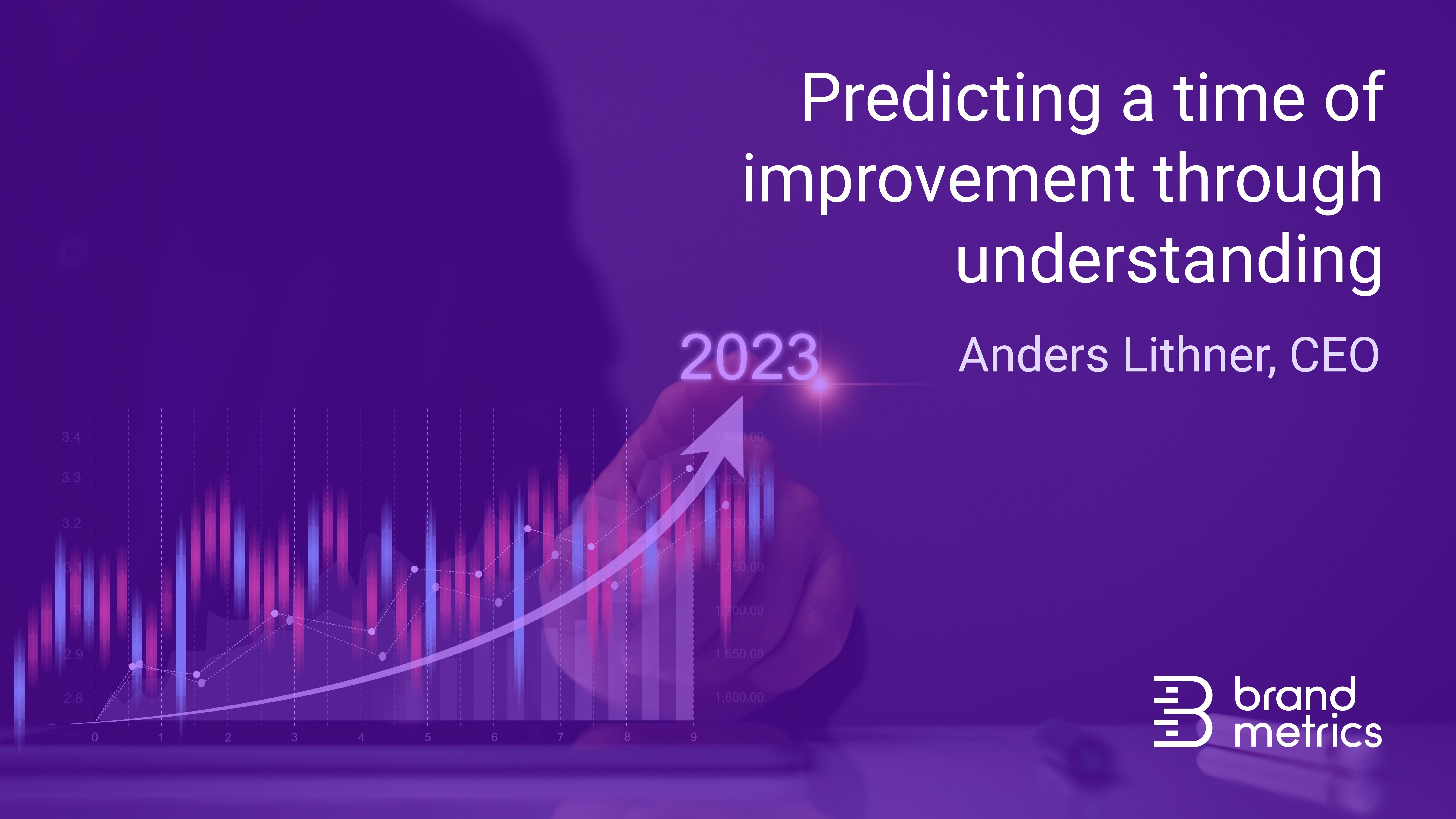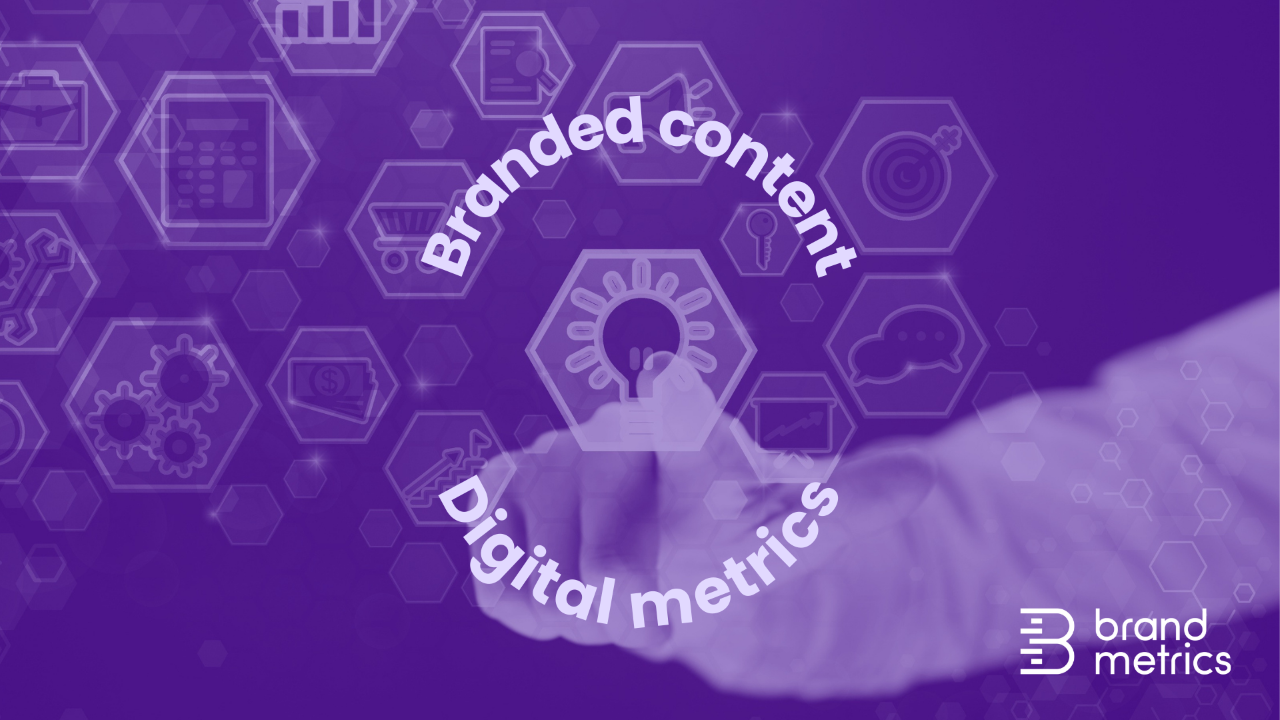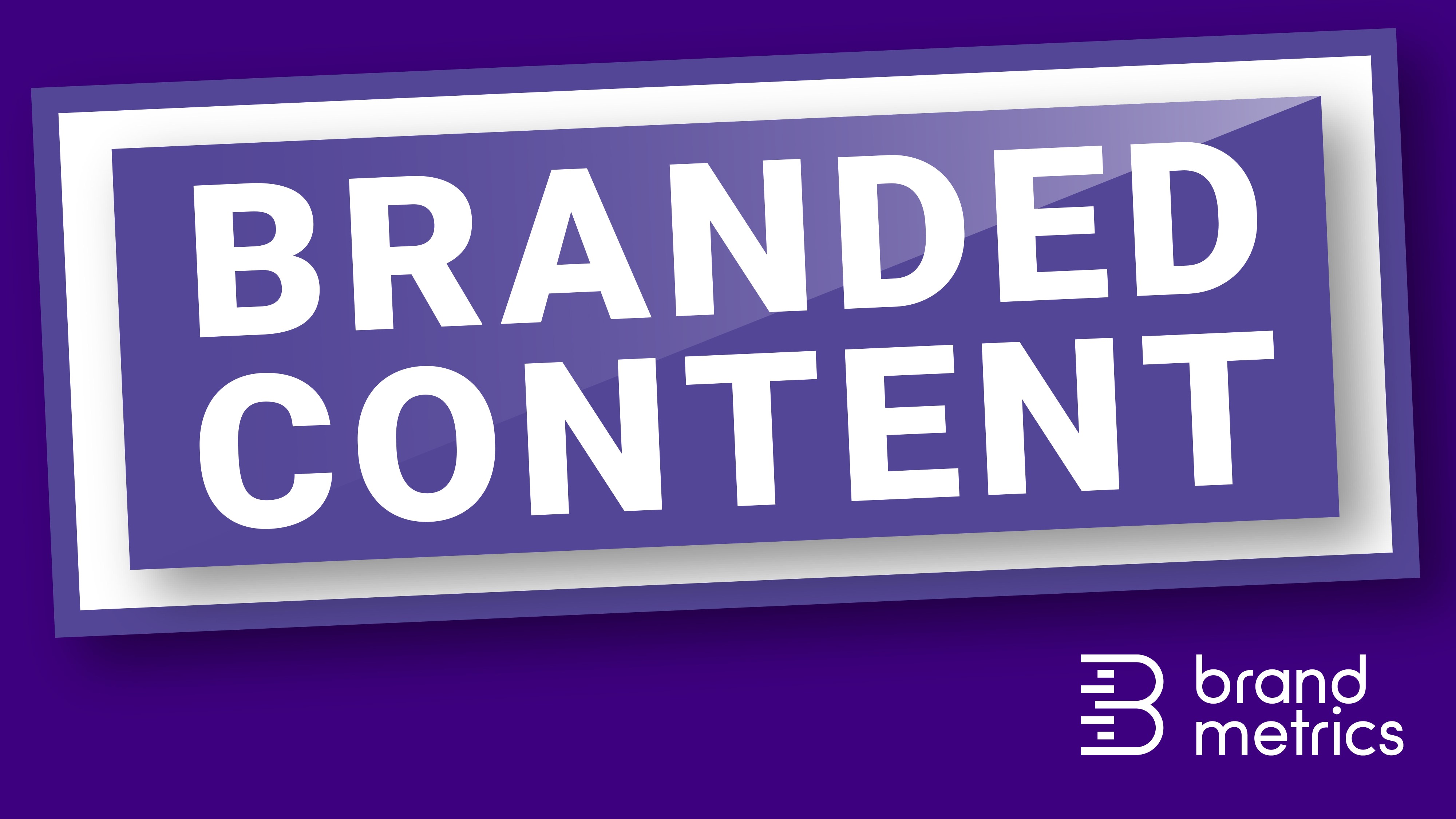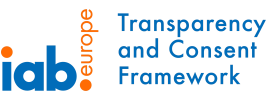How do you typically measure the effect of your digital campaigns? How has this evolved?
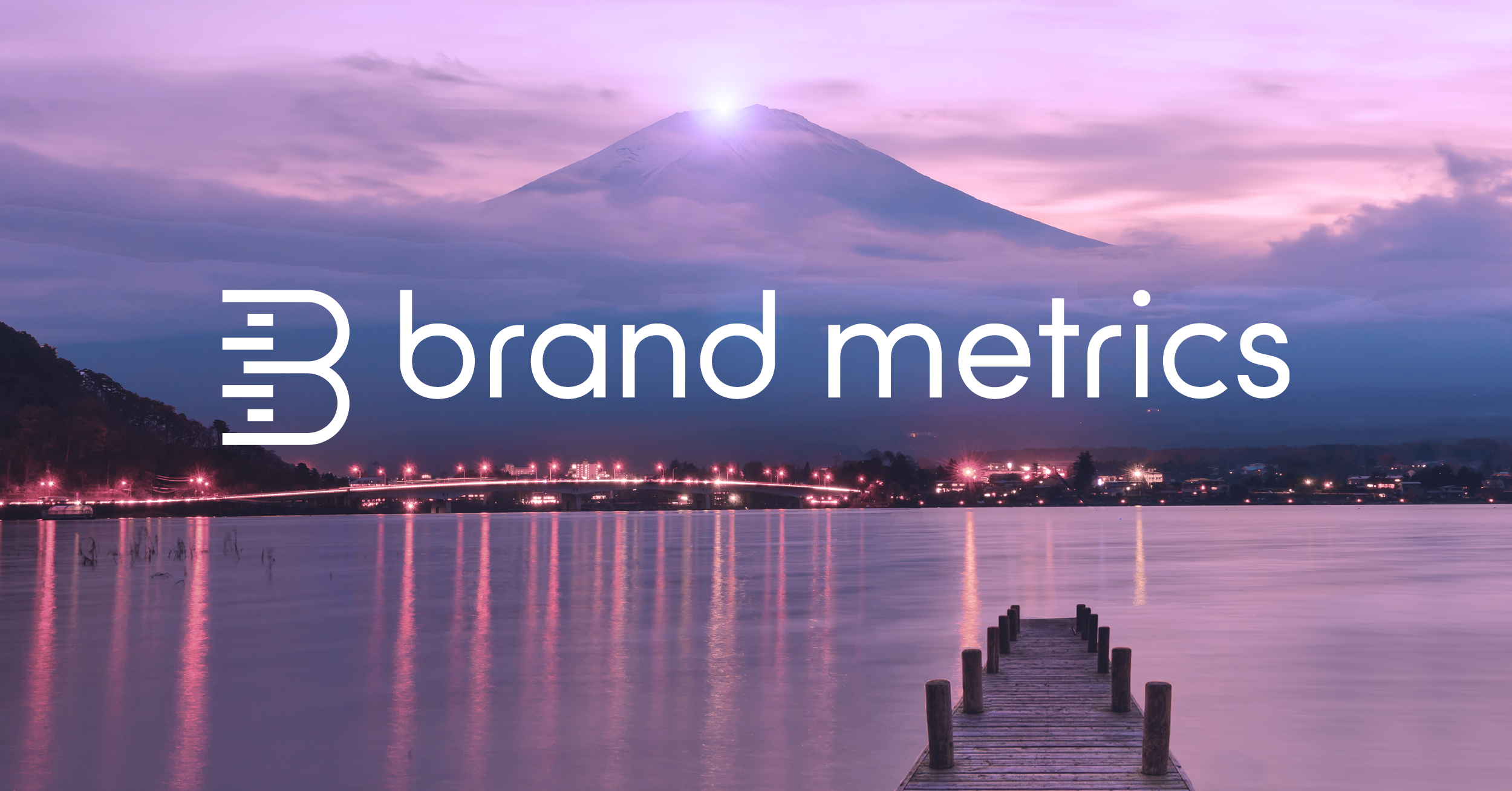
Kate Mezzanotte, Senior Director of Programmatic media, Jellyfish
How you measure a campaign really varies according to goals and which stage of the marketing funnel it corresponds to.
Those campaign goals will also feed into the cadence of measuring those metrics. With performance, we are measuring some metrics on a day-to-day basis, versus other metrics like brand lift on a monthly or quarterly basis, at least at present.
The growing availability of measurement solutions now includes things like incrementality testing which can be carried out in several different fashions but ultimately involves measuring the associated lift when comparing a control group versus an exposed group. Where possible, we're also using path to conversion reporting to assess the journey that starts with awareness and ultimately leads to down funnel conversions.
Damian Chandler, Head of Programmatic Advertising, Webrepublic
This topic occupies me a lot.
Traditionally, CPM was always the one metric used for branding, but it has strong limitations. Yes, if you optimise towards lower CPMs, you get more impressions, more reach - but that in itself falls short of showing actual impact or campaign success.
Once viewability became measurable, this got a bit of an upgrade, with the viewable CPM. At least we then knew that the impressions we bought were technically viewable – but 50 percent of a creative in view for 1 second, what does that really mean? Ultimately, it’s a binary variable, so it still doesn’t tell us that much.
This is why we as a programmatic unit tried to take things further: we looked to create a better metric to optimise branding campaigns and understand the value of our placements.
What we arrived upon was CPMS (cost per mille seconds or cost per one thousand seconds on screen ) – so we could report and optimise on the number of seconds a specific campaign was viewable on screen. For us, this adds another quality layer to the existing metric.
CPMS = costs / (number of impressions x viewability x average amount of time they are on screen) x 1000.
Therefore, if you minimise the cost metric, you should also maximise time on screen. This had a big impact, firstly, on how we think about formats: we found that vertical formats have greater viewability than horizontal ones - which makes total sense - so we adjusted our focus to employ the former. But it also had an impact on how publishers set their prices: they showed willingness to adapt and lower their prices for horizontal formats.
The assumption is always that more time on screen equals more impact. There’s still a gap between metrics and the actual human effect of ads - consideration, brand uplift, awareness etc. But advances like the CPMS are bringing us one step closer.
Jerry Daykin, Senior Media Director EMEA, GSK
There are a number of answers here, but essentially we measure our campaigns through big MMM research, econometric modelling and also sales studies. We think there’s great strength in bringing traditional research like brand & sales studies into the digital space too.
We are somewhat cautious about digital KPIs– they’re not always very nuanced, and you can end up optimising not to business-critical considerations.
Many also don’t take account of where you are in the sales journey, though we do have an internal framework to push our teams to consider different KPIs depending on the communication objectives. The dream is measuring actual brand & sales impact - and brand lift studies can also play an important role.
Caroline Franzén, Programmatic Lead, Precis Digital
Currently we have quite a few options and methods in play. That’s largely because at Precis, we’ve invested a lot of time and resource in developing our own tech for attribution modelling.
This allows us to combine different methodologies to verify insights. The same is true for MMM studies, and incrementality. Our methods have evolved a lot – for short-term as well on long-term, ‘always on’ campaigns.
Martin Van Der Meij, Head of Digital at Wavemaker Netherlands
The reality is we are still not measuring brand lift on every campaign – not even every TV campaign is currently covered. And that’s mainly because the traditional methods and suppliers are too costly, but also because there’s always a delay involved.
So, what replaces that is a benchmark. And within the walled gardens, what we have is essentially Google or Facebook-authored studies. Which I’m not a fan of, because they’re not objective.
What we really want is to be able to do regular brand lift measurement, across different types of measures and campaign objectives, and compare results.

